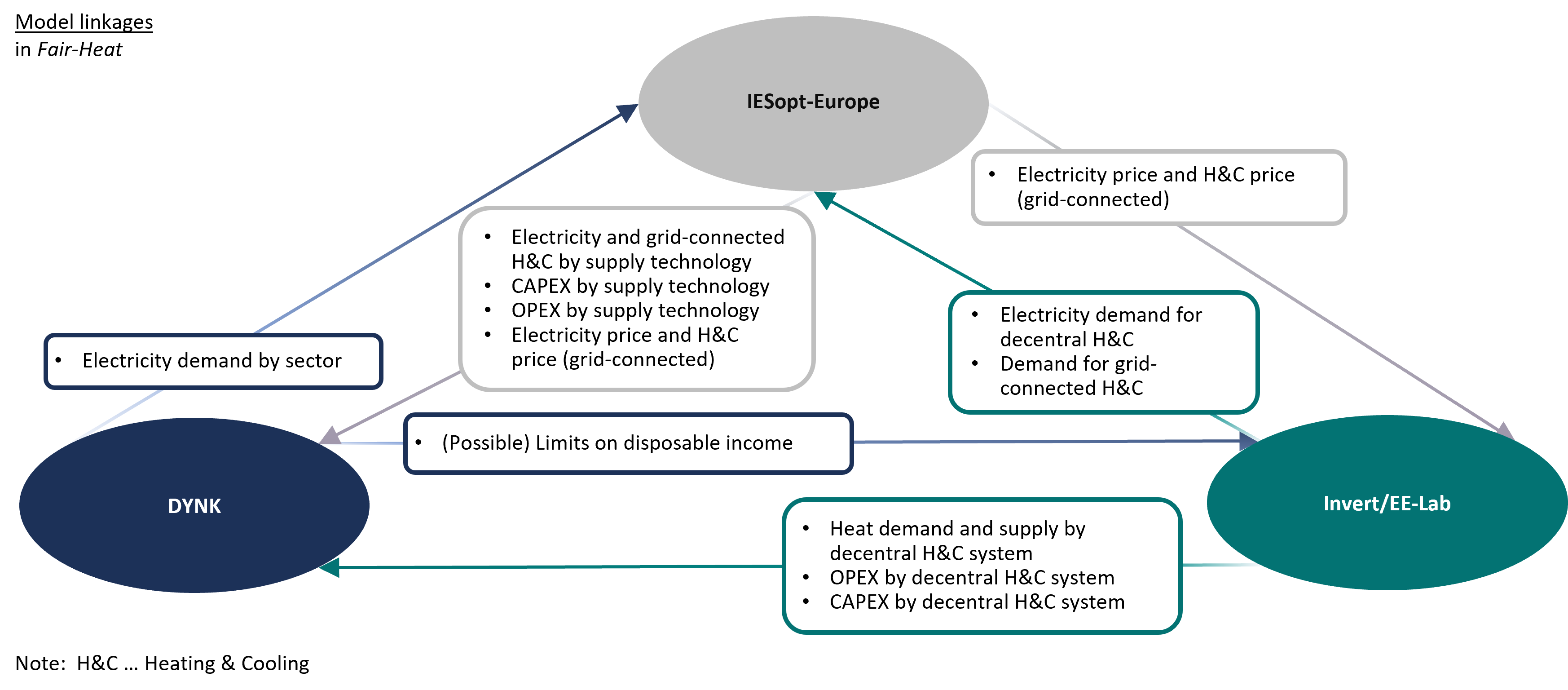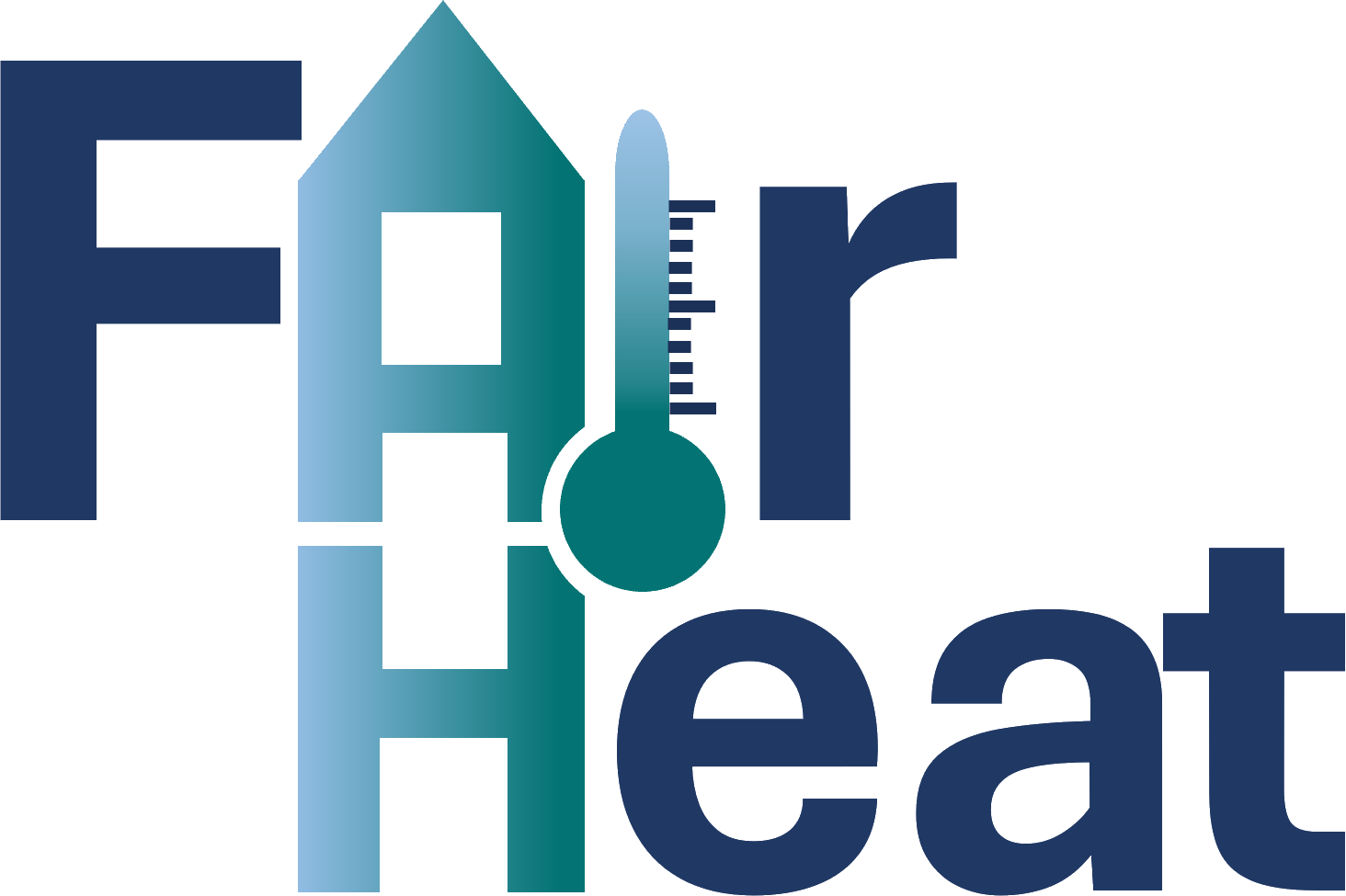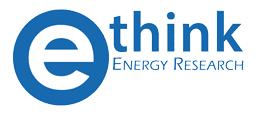Work Package 3: Model Preparation and Linking
Description
In WP3, the modelling framework for analysing the scenarios will be set up. Three models will be expanded and linked for the analysis: the macroeconomic model DYNK, the building model Invert-EE/Lab and the energy system model IESopt. The DYNK (Dynamic New Keynesian) model (Kirchner et al. 2019; Sommer & Kratena 2019; Kettner et al. 2024) is a single-region and multi-sectoral macroeconomic model of the Austrian economy that integrates a set of eleven intertwined module blocks, including two modules on energy demand and supply. In the energy demand module of DYNK real-term energy commodity input is linked to physical energy demand statistics. The electricity supply module differentiates between 10 electricity generation technologies and trade/distribution. The building stock model Invert/EE-Lab (Müller 2015, Steinbach 2016, Müller et al. 2019) simulates the evolution of the building stock and its energy supply for heating and cooling. The model calculates energy consumption using a physics-based approach, investment decisions are anticipated using a logit-model which anticipates decisions based on agent-specific utility functions under uncertainty, explicitly allows heterogeneous agents and consistently keeps track of their housing situation throughout the simulation. The model IESopt (Integrated Energy System Optimisation, Mariuzzo et al. 2024) is a flexible and computationally fast energy system modelling framework. The European model IESopt-Europe will be used which builds on the works undertaken in the SECURES project (Suna et al. 2024), covering the electricity sector and district H&C supply within Austrian and other European countries to account for cross-border flows in electricity.
In Fair-Heat, the three models will be enhanced. Operational, validated linkages between the three models will be prepared. The interface variables between the models include those illustrated by the arrows in the figure and need to be specified and – if necessary – calibrated to represent the common base year.
 |
To exemplify the linking approach, as input IESopt will take default electricity demand in accordance with scenario-specific assumptions (and the price-elasticity identified in DYNK) and add the demand component related to decentral H&C supply (output of Invert/EE-Lab). As output IESopt-Europe will provide technology-specific CAPEX and OPEX, electricity and district heat prices and information on the generation mix in accordance with dispatch.
The consistency of behaviour reactions in DYNK and the bottom-up models is guaranteed due to the direct bilateral data exchange. Elements of DYNK that are covered by the inputs of the bottom-up models. The respective equations in DYNK are deactivated and replaced by the exchanged data. The resulting disposable income of households and electricity demand will be the output.
The model framework in Fair-Heat represents and goes beyond current state-of-the-art modelling of climate mitigation pathways (see e.g. Knobloch et al. 2019). The existing model linkage between DYNK and Invert/EE-Lab will be extended by the exchange of heating system stocks and the harmonisation of electricity demand of applications. Links between IESopt and the other models (DYNK and Invert) will be established for the first time. In the simulations, data exchange of the interface variables in all directions via a common platform (git repository on a cloud server) will be executed several times until sufficient convergence (i.e. small changes per iteration) is achieved.
For linking, a clear understanding of the definition of the exchanged inputs and the structure behind them is necessary for each model to exclude misunderstandings and misinterpretations. Therefore, a coordination group consisting of all modelling teams will be set up to ensure a common understanding of the models. The goal of this group is to identify a detailed list of the relevant variables for each model linkage and thereby identify and address potential inconsistencies and data gaps.


